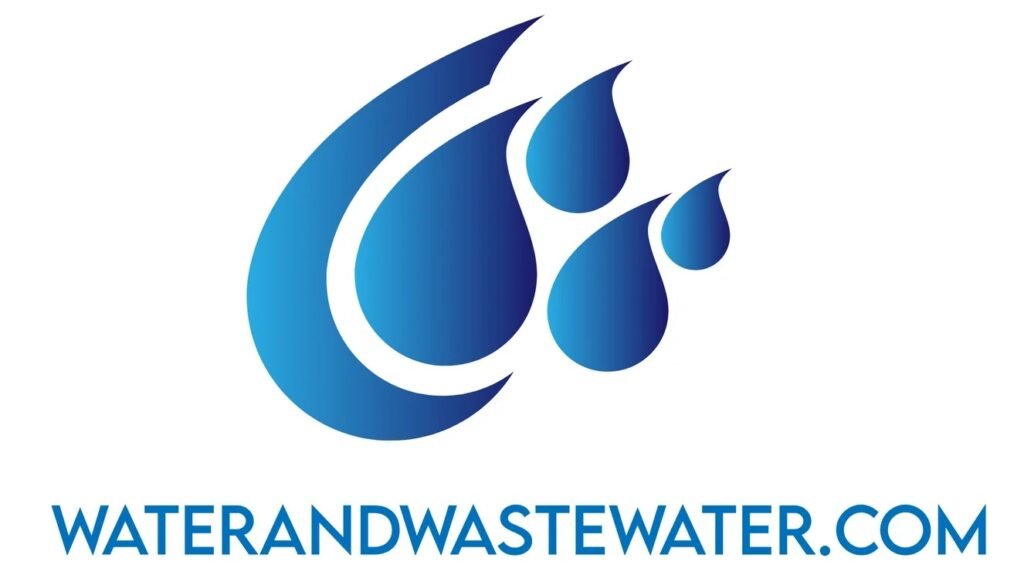
Tag: oxygen
Aerobic Digestion Wastewater Treatment: A Comprehensive Guide Introduction In an age where sustainable practices and effective resource management have become paramount, aerobic digestion emerges as a critical process in wastewater treatment. Accounting for a significant portion of municipal and industrial wastewater treatment processes, aerobic digestion utilizes microorganisms in the presence of oxygen to break down […]
Graphene oxide membranes have garnered significant attention in recent years due to their unique properties and potential applications in various fields including water filtration, gas separation, and energy storage. Graphene oxide, a derivative of graphene, is a two-dimensional material composed of carbon, oxygen, and hydrogen atoms. Its structure consists of a single layer of carbon […]
Aerobic digestion in wastewater treatment is a biological process where microorganisms break down organic matter in the presence of oxygen. This process is a crucial part of many wastewater treatment plants because it effectively reduces the volume of sludge, thus making it more manageable and less hazardous. Aerobic bacteria and other microorganisms consume the organic […]
Aeration is a critical process in the treatment of wastewater, involving the introduction of air into sewage to allow aerobic bio-degradation of the pollutant components. It is a vital part of most biological wastewater treatment systems; microorganisms in the wastewater need oxygen to break down organic matter into harmless by-products. Oxygen is supplied through aeration, […]